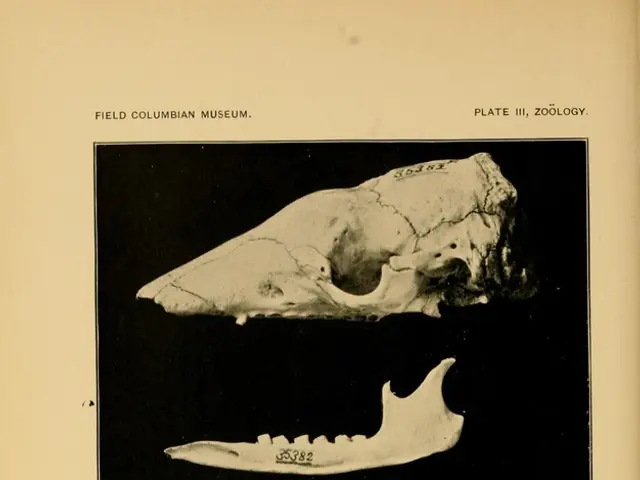Innovative Endoscopic Method Precisely Identifies Esophageal Cancer at Its Initial Stages
Helmholtz Munich, a leading biomedical research center, is at the forefront of developing groundbreaking solutions for improved health in a rapidly changing world. One such solution is the O2E technology, a cutting-edge endoscopy technique that promises to revolutionise the early detection and diagnosis of esophageal cancer.
The O2E technology, funded by the European Union through the ESOHISTO project, combines two advanced imaging modalities—optical coherence tomography (OCT) and optoacoustic imaging—into a single endoscopy capsule. This innovative device captures high-resolution, 3D images of esophageal tissue structure and function with a full 360-degree scan.
Optical coherence tomography effectively images tissue microstructures, while optoacoustic imaging uses light pulses and ultrasound detection to visualize even the smallest blood vessels in deeper tissue layers, revealing microvascular changes linked to early cancer development. This dual imaging system reveals microscopic structural changes beneath the mucosal surface and subtle microvascular alterations that were previously undetectable, allowing identification of early cancerous lesions and precancerous tissue changes such as those found in Barrett’s esophagus with unprecedented precision.
The integration of this technology has significant implications for the healthcare system. By differentiating between healthy tissue, abnormal cellular changes, precancerous stages, and malignant tumors, it improves the ability to detect esophageal cancer at much earlier stages when patients have a roughly 90% survival chance versus about 10% at advanced stages.
Prof. Vasilis Ntziachristos, the head of the Bioengineering Center and the Institute of Biological and Medical Imaging at Helmholtz Munich, is spearheading this research. The team also includes Dr. Qian Li, a researcher at the Center for Medical Physics and Biomedical Engineering, Medical University of Vienna, who is one of the main researchers at the EU projects ESOTRAC and ESOHISTO.
The researchers plan to integrate confocal endo-microscopy into the O2E technology to enable more detailed analysis during examinations. This could pave the way for high-resolution endoscopic molecular imaging, allowing the targeting of specific molecular markers in cancer.
The treatment of advanced esophageal cancer typically costs around 140,000 euros per patient, while early detection could reduce this cost to approximately 10,000 euros. For more information about Helmholtz Munich and their ongoing research, visit www.helmholtz-munich.de/en.
The O2E technology was developed as part of the EU project ESOTRAC, and optimization efforts and integration of in-vivo histology and histochemistry are now being pursued in the follow-up project ESOHISTO, which was granted in 2025. The ultimate goal of the researchers is to reduce the need for multiple biopsies and accelerate diagnostic processes in the future.
Esophageal cancer has a low survival rate when diagnosed at an advanced stage, but a high survival rate if detected early. The O2E technology could be a game-changer in the early detection and treatment of this disease, potentially saving countless lives and reducing the burden on healthcare systems worldwide.
The O2E technology, funded by the European Union, combines science and technology to revolutionize the early detection and diagnosis of esophageal cancer, a medical-condition with a low survival rate when diagnosed at an advanced stage. This innovative device, developed as part of the EU project ESOTRAC and further optimized in the follow-up project ESOHISTO, combines imaging modalities like optical coherence tomography and optoacoustic imaging, capturing high-resolution, 3D images of esophageal tissue structure and function. By allowing the identification of early cancerous lesions and precancerous tissue changes, the technology significantly improves health-and-wellness outcomes for patients by enabling early detection of esophageal cancer.




